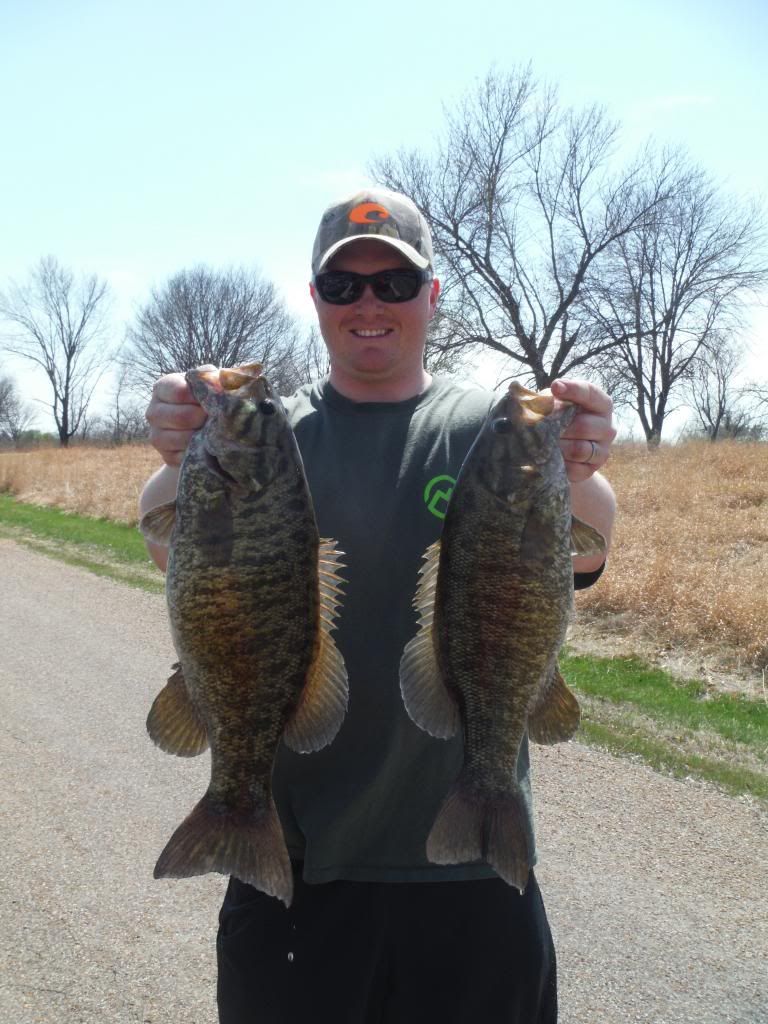bluebasser86,
I've not seen any smallies with zebra mussels in them and I haven't had any puke up zebra shells in my livewells so this is a new one to me. Makes me wonder if they are eating the zebra mussels intentionally or if the ingestion of the shells is a cost of feeding on the bottom on crayfish or other critter. What lake were you fishing? During the peak density of zebra mussels at El Dorado, it was nearly impossible to get in the water and NOT eat a zebra mussel as they were EVERYWHERE!!!


 Likes:
Likes:  Thanks:
Thanks:  HaHa:
HaHa: 


 Reply With Quote
Reply With Quote

















